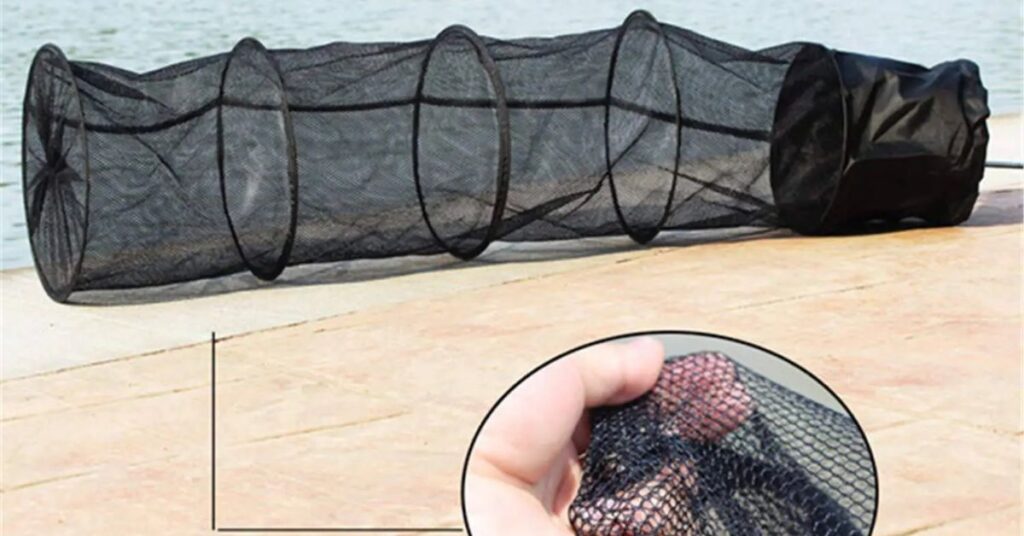Have you ever wondered how fish nets are crafted and used in both commercial and recreational fishing? What are the different types of fish nets available, and how do they impact our marine ecosystems? In this article, we will explore the various aspects of fish nets, including their types, applications, and the environmental challenges they present.
Understanding Fish Nets: What Are They?
Fish nets are essential tools in the fishing industry, designed to capture fish and other aquatic creatures. Made from various materials such as nylon, polyethylene, and cotton, these nets have been used for centuries to secure food from oceans, rivers, and lakes. Understanding how fish nets work and their different types can help us appreciate their role in both fishing practices and marine conservation.
The Evolution of Fish Nets
Historically, fish nets have evolved from simple handwoven nets made from natural fibers to sophisticated, machine-made nets used in large-scale commercial fishing. The materials and designs have improved over time to enhance durability and effectiveness. In ancient times, fishermen relied on nets crafted from plants like hemp and cotton, but modern innovations have introduced synthetic materials that provide increased strength and longevity.
Types of Fish Nets
Fish nets come in various types, each designed for specific fishing methods and target species. Here, we will discuss some of the most common types of fish nets used today.
1. Gill Nets
Gill nets are vertical panels of netting that capture fish by their gills. When a fish swims into the net, its head passes through the mesh, but its gills get snagged, preventing it from escaping. Gill nets are commonly used for commercial fishing and can be set in various configurations, including anchored, drifting, or stationary. They are effective for capturing a wide range of species, including salmon, trout, and catfish.
2. Seine Nets
Seine nets are large, rectangular nets used to encircle schools of fish. They are typically operated by two boats or by a single team of fishermen who deploy the net from the shore. Seine nets are effective for catching smaller fish, such as sardines and herring, and are often used in both commercial and recreational fishing. They come in various sizes, and the type of seine net chosen can depend on the target species and fishing location.
3. Trammel Nets
Trammel nets are three-layer nets consisting of two outer layers of larger mesh and a middle layer of finer mesh. This unique construction allows fish to become entangled in the finer mesh while attempting to escape. Trammel nets are particularly effective for capturing flatfish and species like flounder and sole. They are commonly used in coastal fishing areas and estuaries.
4. Cast Nets
Cast nets are circular nets that are thrown by hand to catch fish near the surface. When thrown, the net opens up and sinks quickly, allowing it to trap fish as it is retrieved. Cast nets are popular among recreational anglers and are particularly effective for catching baitfish and small species. The size and weight of the net can vary depending on the targeted fish species.
5. Dip Nets
Dip nets are handheld nets used to scoop fish out of the water. They are commonly used in shallow waters, such as ponds and streams, where fish can be seen swimming close to the surface. Dip nets are popular among anglers for catching small fish and invertebrates, as well as for recreational fishing.
Applications of Fish Nets
Fishnets play a crucial role in various aspects of fishing and aquaculture. Here are some of the primary applications:
Commercial Fishing
In commercial fishing, fishnets are used to catch large quantities of fish for distribution and sale. Gill nets, seine nets, and trammel nets are commonly employed to maximize catch efficiency. The choice of netting depends on factors such as target species, fishing location, and market demand.
Recreational Fishing
Recreational anglers also rely on fishnets for various purposes, including catching baitfish and landing larger fish. Cast nets and dip nets are popular among recreational fishers for their ease of use and effectiveness in shallow waters.
Aquaculture
In aquaculture, fishnets are used to create enclosures for breeding and raising fish. These nets help maintain controlled environments for fish farming, preventing escape and protecting fish from predators. The netting material must be durable and resistant to environmental factors such as UV exposure and corrosion.
Environmental Impact of Fish Nets
While fishnets are essential for fishing and aquaculture, they can also have significant environmental impacts. Understanding these challenges is crucial for sustainable fishing practices.
Bycatch
One of the primary concerns associated with fishnets is bycatch—the unintentional capture of non-target species. Gill nets and seine nets, in particular, can catch marine mammals, sea turtles, and other fish species, leading to population declines and ecological imbalances. Bycatch can also result in the discarding of dead or dying fish, contributing to waste and environmental degradation.
Ghost Fishing
Ghost fishing occurs when abandoned or lost nets continue to capture marine life. These nets can drift in the ocean for years, entangling fish, birds, and other wildlife. The phenomenon poses a serious threat to marine ecosystems and requires ongoing efforts to recover lost fishing gear and minimize the impact of ghost fishing.
Pollution and Debris
The use of synthetic materials in fishnets contributes to marine pollution. Over time, these materials can break down into microplastics, which can be ingested by marine organisms, leading to harmful effects on the food chain. Efforts are being made to develop biodegradable fishing nets and reduce plastic waste in the oceans.
Sustainable Fishing Practices
To mitigate the environmental impacts of fishnets, sustainable fishing practices are essential. Here are some approaches that can be adopted:
1. Selective Fishing Methods
Employing selective fishing methods, such as using nets with larger mesh sizes, can help reduce bycatch. This approach allows smaller fish and non-target species to escape, promoting healthier marine ecosystems.
2. Responsible Disposal
Proper disposal of fishing gear is crucial to preventing ghost fishing. Fishermen should be encouraged to report lost nets and participate in gear recovery programs. Additionally, recycling initiatives can help minimize the impact of discarded fishing nets on the environment.
3. Research and Innovation
Investing in research and innovation is key to developing sustainable fishnets and fishing practices. Scientists and manufacturers are working on creating biodegradable nets and alternatives made from sustainable materials to reduce the environmental footprint of fishing gear.
Conclusion
Fish nets are invaluable tools in the fishing industry, playing a significant role in commercial, recreational, and aquaculture practices. Understanding the different types of fish nets, their applications, and their environmental impact is essential for promoting sustainable fishing practices. By adopting responsible fishing methods and supporting innovations in net technology, we can help protect marine ecosystems and ensure a sustainable future for our oceans.







